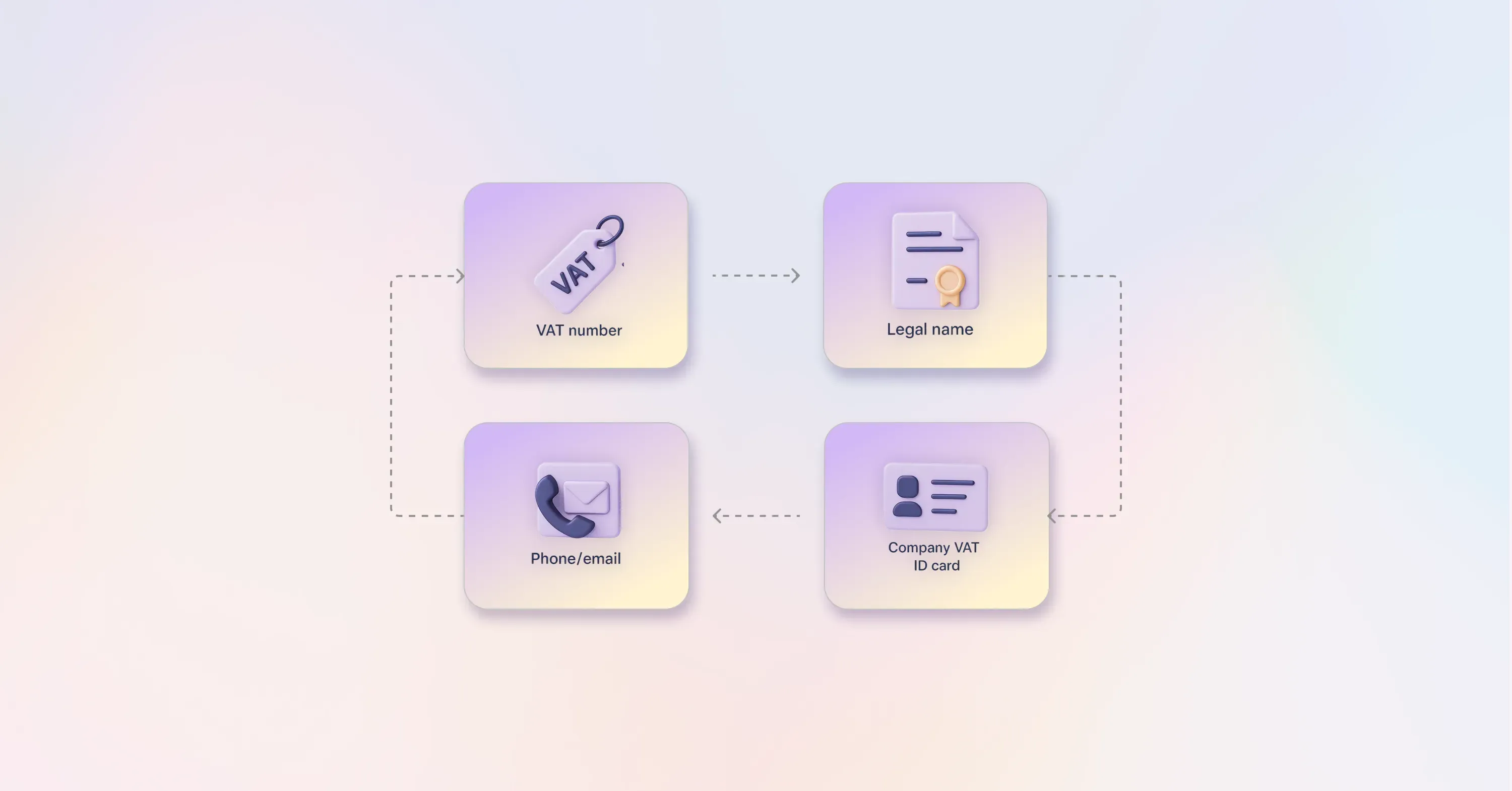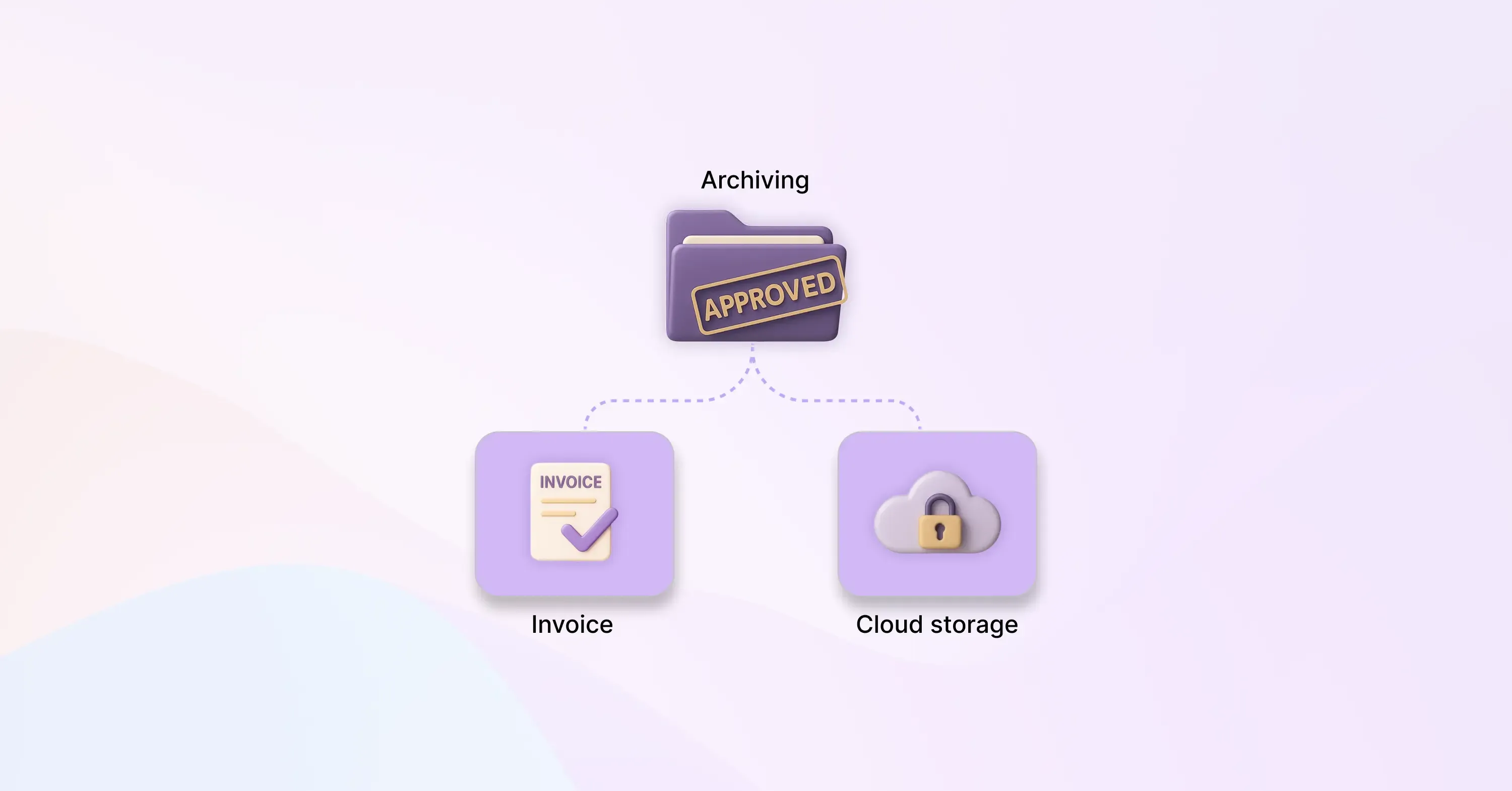
How to Perform an EU VAT ID Check (VIES Guide)
The difference between a valid, zero-rated sale and a crippling tax penalty often hinges on a single, easily mistyped VAT ID number. Stop risking seven-figure contracts and audits on manual entry.

The difference between a valid, zero-rated sale and a crippling tax penalty often hinges on a single, easily mistyped VAT ID number. Stop risking seven-figure contracts and audits on manual entry.
You will learn:
VAT fraud is not abstract. In 2020, the Union lost €93 billion in uncollected VAT, and roughly a quarter was tied to intra-EU trade irregularities. That scale explains why auditors drill into customer and supplier VAT IDs first.
Skipping an EU VAT ID check creates three immediate risks:
With so much at stake, a 30-second lookup suddenly feels like cheap insurance. An EU VAT ID check is the process of confirming a business partner’s VAT number through the EU’s VIES database, recording a time-stamped confirmation, and storing it as audit evidence.
For a deeper dive into the real-world consequences of VAT mistakes (including recent data on penalties and the compliance gap), see VAT Compliance: How EU Businesses Lost €159M in Penalties.

In the world of international trade, the legal validity of your invoice and your ability to justify a zero-rated sale are determined the moment the transaction occurs.
You cannot chase down missing data after the fact; the essential compliance information must be gathered at the point of sale.
This section outlines the non-negotiable data points, beyond the basic customer name and address, that you must collect and verify before invoicing to eliminate risk and ensure every cross-border transaction is legally compliant from the start.
Before you open the VAT Information Exchange System VIES, gather:
Pro tip: Add a mandatory “VAT ID” column to your onboarding forms to avoid chasing data later. Solidify your record-keeping process with cloud-based tools
VIES is the critical mechanism for validating cross-border transactions and justifying zero-rated sales in the European Union. Relying on an unverified VAT ID is a major compliance risk; tax authorities consider the VIES check to be the minimum due diligence required to establish a buyer's "taxable person" status.
Finance managers juggling hundreds of IDs:
Here are more action-driven tips on automating VAT compliance

Successful tax compliance relies not just on performing the necessary checks, but on interpreting and permanently recording the results.
A VIES check that returns an invalid status is useless unless your team understands the immediate risk and takes corrective action. Similarly, a successful check must be systematically archived to serve as defensible evidence during an audit.
Running the verification is only half the job; you have to show regulators consistent evidence:
Remember, Member States clawed back €61 billion in missing VAT for 2021 alone. Auditors expect proper documentation when they look for their share.
Explore more practical guidance for keeping compliant records from invoice to audit trail
Finding an invalid or mismatched tax ID during verification is not a compliance failure; it's a compliance alert. The true failure is allowing the transaction to proceed without resolution.
When a verification check (like VIES) reveals a discrepancy, your priority must be to fix it fast to prevent potential tax liabilities and penalties:
Keeping a written trail shows auditors you acted with due diligence. Here’s in-depth advice on handling failed checks and VAT documentation
The ultimate goal of proactive VAT management is to stay audit-proof. When regulators audit a zero-rated cross-border sale, they aren't questioning the tax law; they are testing the quality of your process and documentation:
A solid process not only averts penalties but supports zero-friction cross-border trade. The EU’s OSS collected €20 billion through simplified e-commerce VAT filings, proving that compliance and growth can coexist.
If you want to take your VAT strategy to a deeper level, check out our VAT Compliance & Consultancy: Why Expert Advice Matters.
Running an EU VAT ID check is not busywork. It protects margins, keeps zero-rating intact, and gives auditors confidence that your books are clean. With these comprehensive steps, once a tedious routine will now take you minutes.
Free consultation with 1StopVAT experts
Discover more insights and articles